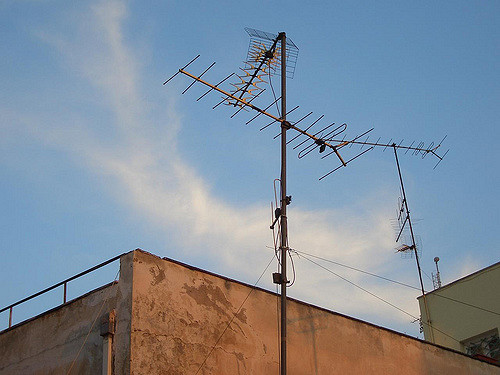With the technological advancement picture and sound quality of the television has reached a greater height. Latest television sets have replaced the older televisions for their ability to produce a better picture and digital sounds. However, besides the television set, proper antenna installation and cabling are important to have a better viewing experience. For the perfect antenna installation, you can either hire a professional and reliable antenna installation service provider or can Do It Yourself. Following is the list of 5 tips for DIY (Do It Yourself) antenna installation.
Choose the right antenna:
An outdoor roof-mounted antenna ensures better reception than the indoor antenna. So if you are living in an area close to the television station or transmitter and quite sure that an indoor antenna would be good enough, only then go for it. Otherwise, your obvious choice should be an outdoor antenna. The type of outdoor antenna you require depends on the channels available in your locality. TV Channels either have VHF or UHF bands and your outdoor antenna choice should be based on the type of channels you and your family members mostly watch.
Position your antenna correctly:
It is important that you position your antenna towards the nearest transmitter so that it can receive the strongest signals. Trees, tall structures, mountains etc. can block the signal transmission and thus weaken the signal strength. The weak signal is one of the major reasons for creating fuzzy and poor picture quality. Try to mount the antenna as high as possible from the ground and experiment by pointing the antenna in different directions. Since some of the television transmitters broadcast signals vertically while others do it horizontally, your antenna should be pointed with the cross pieces vertically or horizontally.
Have the right tools:
Even if you have a good antenna and the latest television set, failure to connect the cable and other equipment properly would cause a frustrating picture quality. Make sure you have all the tools handy and you connect the box, cable and antenna properly and carefully. Make sure you thoroughly read the antenna installation manual and have all the hardware and tools ready for the installation.
Properly assemble the antenna:
Use your antenna manual as your guide to assembling it properly. Correct assembling of the antenna pieces is easy if you follow the instructions properly. If you feel that something has gone wrong with the assembling, go backwards and try to do it again properly.
Use proper cabling:
In order to avoid the effects of static electricity or lighting, you should add grounding with your antenna. This not only ensures the safety from lighting but also helps reduce signal interference caused by the static electricity. Run the necessary cabling from the antenna to your television set. Try to make the cabling as straight as possible.
After you antenna installation is complete, adjust the antenna until you get the desired sound and picture quality. Somebody staying in front of the television can help you adjust the antenna position. Once you have found the perfect positioning snug the bolt so that the cable does not swing in the wind.



































